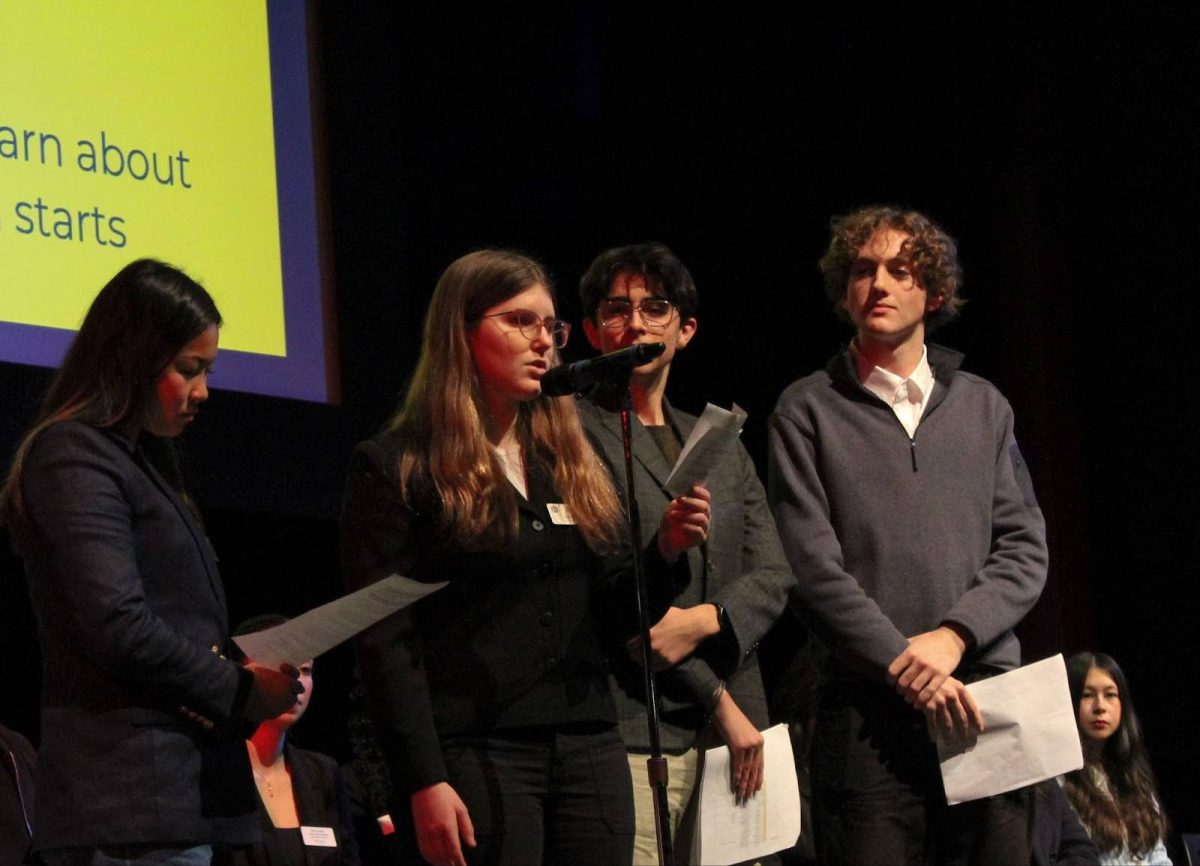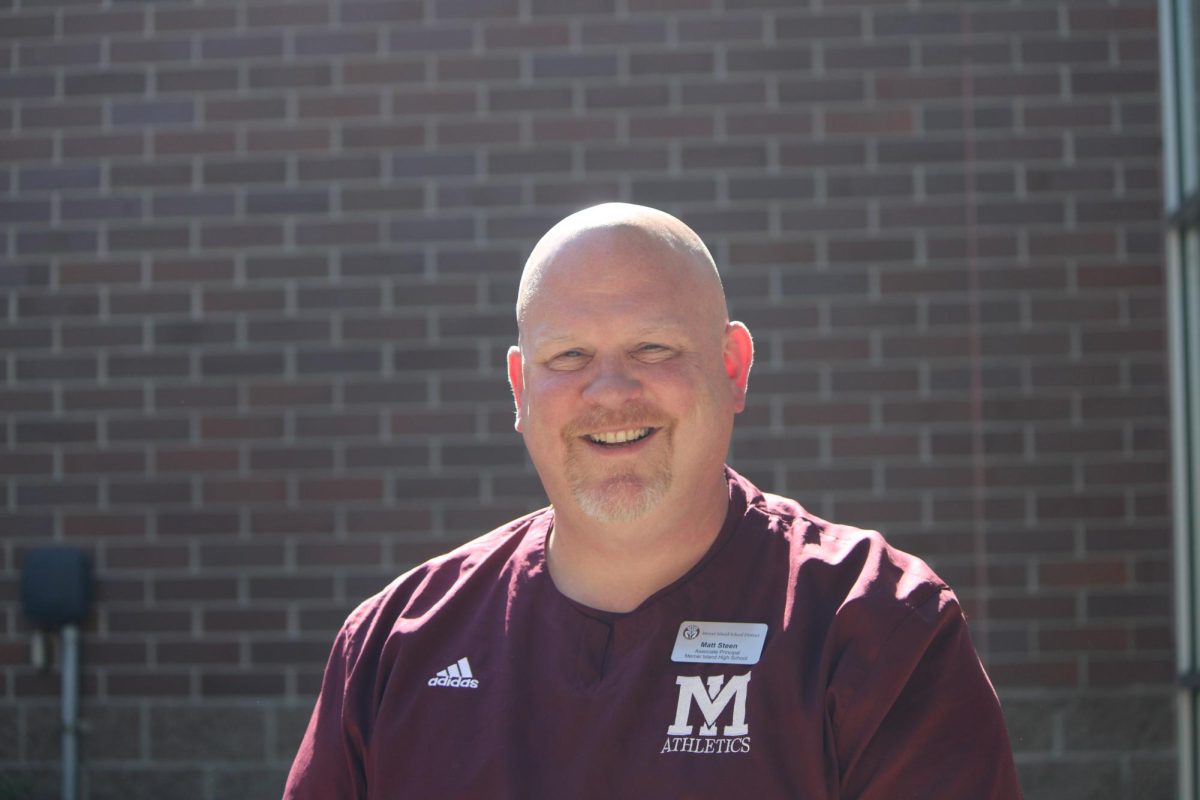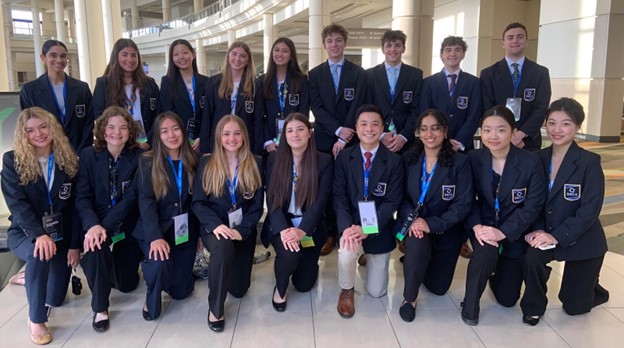The Jan. 8 Funding Crisis Town Hall at Sammamish High School and the Jan. 9 MISD Community Budget Webinar are the latest appeals from Washington State schools to receive more funding. The Town Hall, which gathered the Eastside districts of Lake Washington, Issaquah, Bellevue, Renton and Mercer Island, exhibited even the highest-income districts’ insufficient funding.
In Washington State, where the 2012 McCleary decision ruled that the legislature must provide “ample provision” for public education, the state allocates funding to each district based on the number of students—aiming to make funding more equitable, as opposed to fully funding schools with local dollars. Districts can implement a local levy to receive additional money for add-ons but must stay under a certain limit. The cap in the MISD is at $12 million. But MI, like the other districts represented at the Town Hall, is currently dealing with financial issues and using levy dollars for basic services.
“Tonight’s message is really we’re out of tricks,” MISD Superintendent Fred Rundle said in the Jan. 9 webinar. “We have been using every budget, every funding source to its fullest extent.” We’re going to overcome this financial crisis.”
Administrators estimate the district is short $3.9 million for special education services; $2.1 million for materials, supplies, operating and costs (MSOC); and $1 million for transportation.
These three areas, known as the Big Three, are underfunded across the state, raising the question of what happens to lower-income districts that can’t collect the maximum levy amount. At the Town Hall, Dr. David Knight, Education Finance associate professor at the University of Washington, presented his research about the impact of state funding, particularly on lower-income districts. He recommended that state legislators, several of whom were present at the meeting, increase funding for these districts because they depend the most on state dollars.
This solution may take longer to implement, though, since it would require more involved policy changes. In the short term, some districts have begun cutting or reducing certain programs to prioritize basic education. MISD has mainly avoided this by reducing staff, reducing MSOC costs and budgeting, but more could be at risk if these issues continue.
“We have instruments held together with tape and zip ties,” a band teacher at the meeting said.
Other community members are concerned about districts potentially making cuts to special education services.
“You have to go in and beg and plead and get lawyers for your kids’ needs to be met,” one community member who had five kids with IEPs go through public schools said. “I want you to understand what happens to kids who are not at the starting line and I want you to know that is not the place to make cuts.”
“What really does need to happen is the two things,” Bellevue School District Chief of Staff John Harrison said. “Number one, we need some immediate relief. And long term we need a revenue source.”
Harrison, who was MIHS principal from 2005-11, remembers the last time MI had to deal with a similar situation. “2008, that was the Great Recession,” Harrison said. “I remember, at one point, we had to reduce our teaching staff. We went from three assistant principals to two. We made significant program cuts.”
As the next school year approaches, so do increased challenges for Washington districts. Governor-elect Bob Ferguson is expected to increase budget spending for public education, increasing it from Gov. Jay Inslee’s current percentage of 41.9%. The legislators present at the Town Hall seemed in favor of increased funding for education, but others may need more prompting. The student board representatives urge students to send letters and talk to legislators. Advocates for more funding have also set up a website where community members can find resources and information.
“Public education is the bedrock of democracy,” Sen. Lisa Wellman said. “We still believe in democracy in the state of Washington.”









